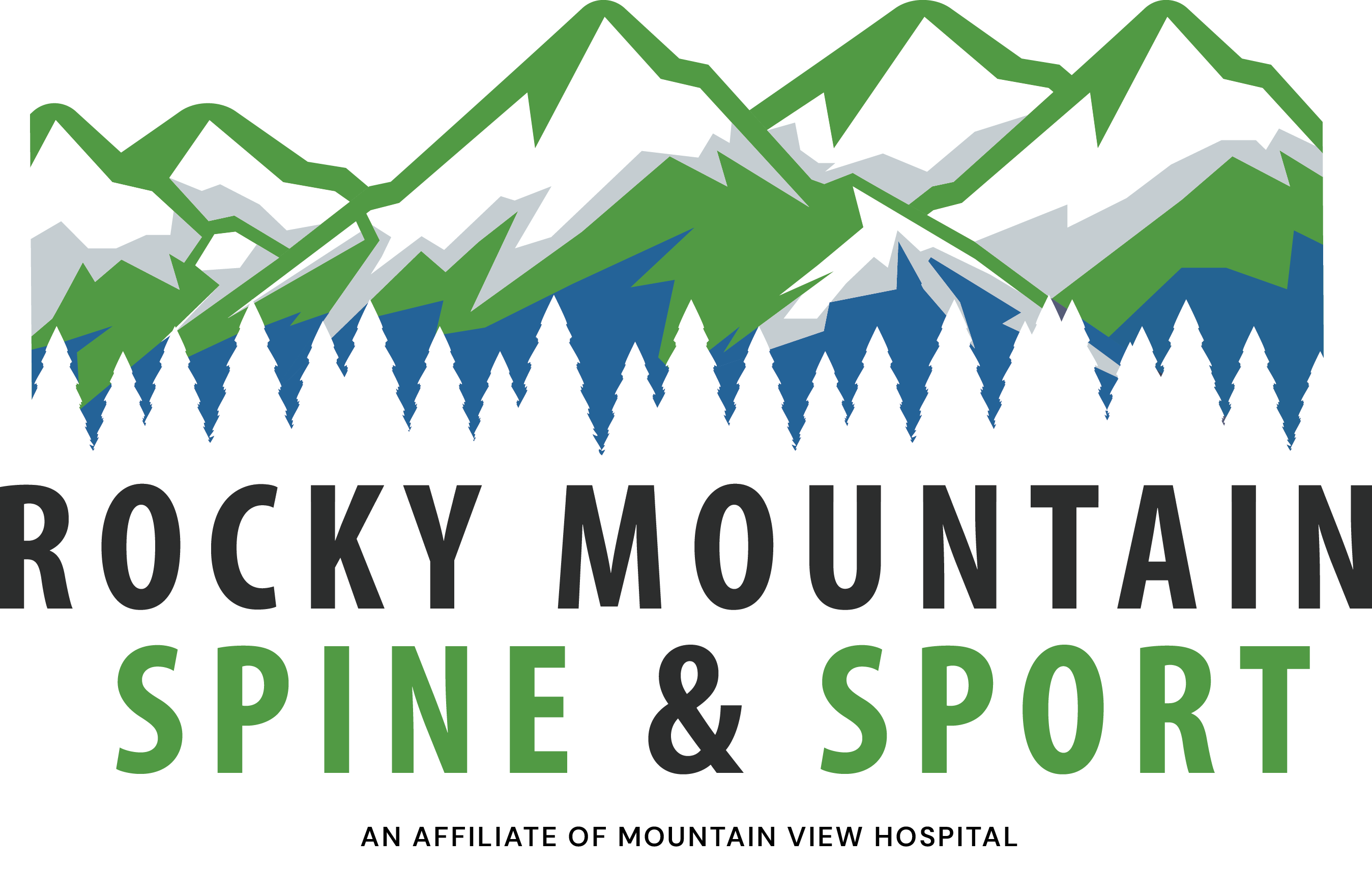Herniated Disc
What is a Herniated Disc?
In the spine, there are spongy discs in-between the bones, formally known as the vertebrae. Discs are the shock absorbers for your back and assist the back with flexibility. When damaged, discs are capable of causing severe problems.
A herniated disc is when the disc bulges or tears out of its area of containment. These can occur anywhere along the spine. Old age and injury are a couple of factors can increase the risk of a herniated disc.
Symptoms of Herniated Disc
Symptoms manifest through pain, numbness, and weakness within the area of the body where the nerve travels. Upon a disc’s herniation, it is likely that the disc will press on nerve roots, which would subsequently send pain or numbness in the area affected. Additionally, weakness may occur in the area where the nerve reaches. A herniated disc in the lower back that sends pain down the leg is known as Sciatica.
You may be unaware of a herniated disc if that disc does not press up against a nerve, in fact, you may not feel pain at all if the disc doesn’t touch the nerve. Nevertheless, if you do feel pain in your back, it may be best to visit a specialized back physician. A doctor will be able to diagnose a herniated disc by your description or a scan (MRI or CT).

